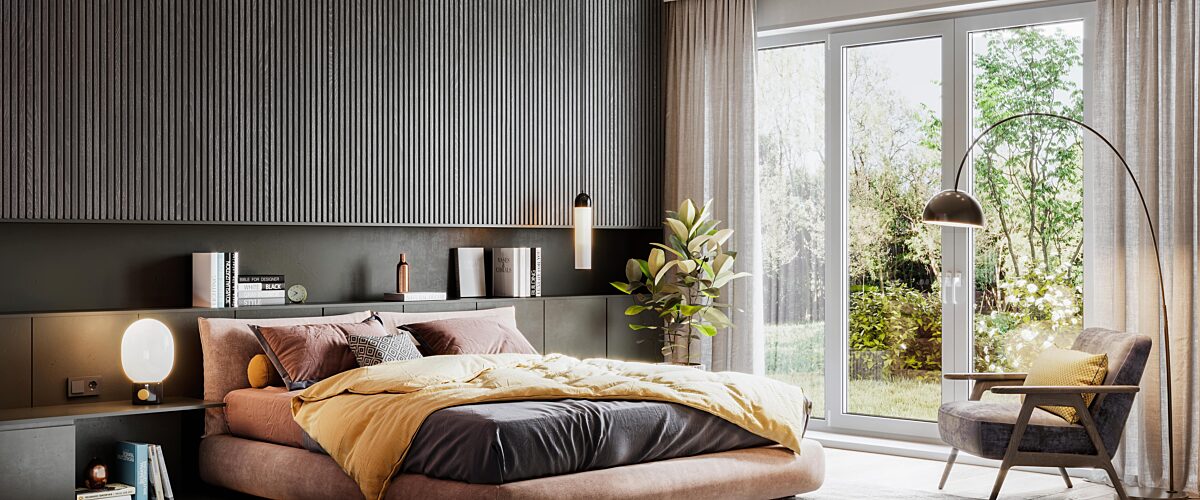
The ABC's of smart home automation
ABC, it's easy as 123, but home automation terminology tends to get the best of new homeowners. We made a glossary of any and all must-knows to introduce you.
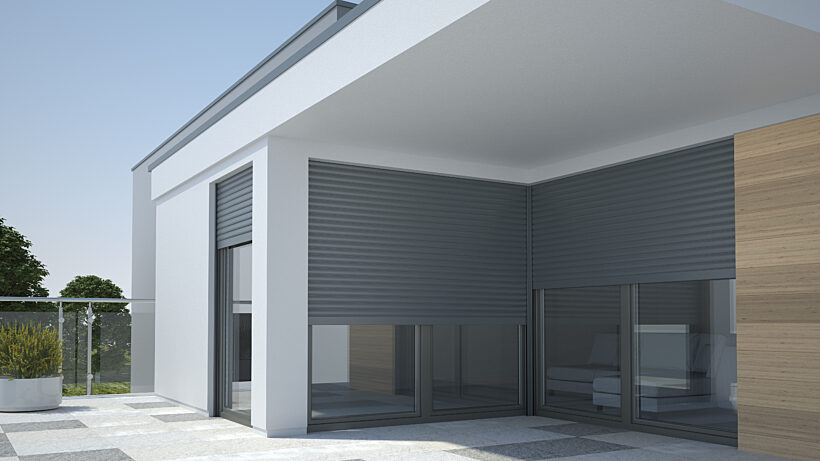
Automation system
The technology behind routine-based features, consisting of a network of interconnected devices and software that allows tasks and processes to be performed automatically without any manual intervention. It enables homeowners to set predefined rules or schedules for their devices to follow, such as turning the lights on when entering a room or activating the alarm as soon as everyone has left the house.
Blind control
Smart blind control refers to the automated management of window blinds or shades using smart home technology. Allowing homeowners to remotely control the opening, closing, and adjusting of blinds through apps, voice commands or pre-programmed schedules.
Control panel
A smart control panel is a centralized interface that allows users to manage and control various smart devices and systems in their home from a single location. It streamlines the user's experience, providing quick and convenient access to smart home features such as lighting, security, temperature and entertainment.
Decentralized system
A decentralized system is a network distributed across multiple components rather than being focused in a single entity. In such systems, each node operates independently and has its own set of responsibilities, resulting in increased resilience, scalability, and flexibility.
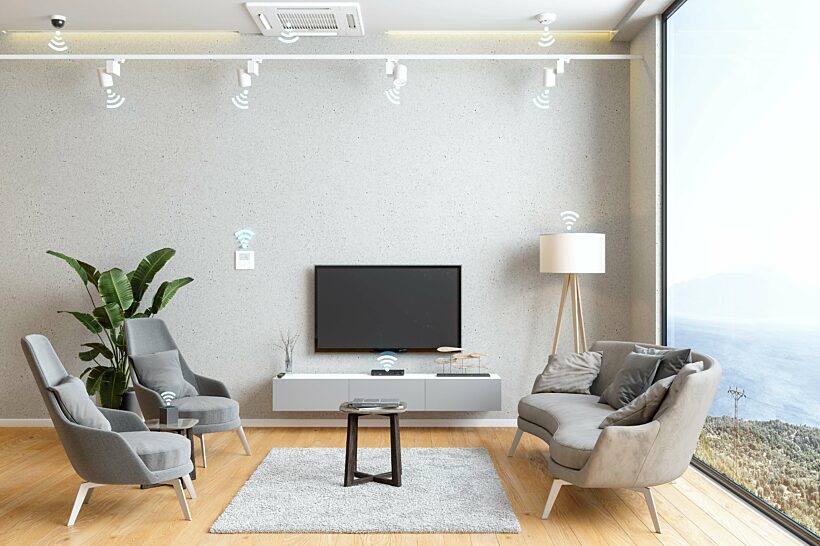
Energy management
Smart homes can help manage household's energy consumption by providing real-time data and control over their devices and systems. Through automation, scheduling, and smart algorithms, homeowners can optimize energy usage, reduce wastage, and make informed decisions to achieve greater energy efficiency and cost savings.
Features
When talking about features in smart devices, we're generally referring to the set of capabilities a system or a device holds, like connectivity to the internet or other devices and automation capabilities.
This technology uses the location of a homeowner's smartphone or other device to trigger specific events based on their proximity to their home. When the user enters or leaves the designated area, the geofencing system can automatically (de)activate smart home devices or signal automations.
Hub
The function of a hub in a smart home is to serve as a centralized control center that connects and communicates with various smart devices and systems. Hubs come in the form of a smartphone app, voice assistant or control panel.
Irrigation system
An automated watering system for plants and gardens that uses advanced technology, such as soil moisture sensors and weather data, to optimize watering schedules and conserve water.

Junction Box
A container used to protect electrical connections, often employed in smart home installations to organize and secure wiring.
KNX standard
The KNX standard is an open and globally-recognized communication protocol for smart homes. It allows various smart devices and systems from different manufacturers to communicate and work together seamlessly, providing a flexible solution for creating integrated automation solutions.
Lighting
Smart lighting refers to an intelligent lighting system that can be controlled and customized through mobile apps, voice commands, or automation. It offers features such as dimming, color changing and scheduling.
Motion sensors
The name says it all: motion sensors sense motion. They are often used to trigger actions, such as turning on lights or activating security cameras, when motion is detected, enhancing home security and automation capabilities.
NFC tags
NFC tags are small, passive electronic devices that can store data and transmit information wirelessly using the technology of Near Field Communication (NFC) technology. When an NFC-enabled device comes into contact with a tag, it can enable a specific action. To make it more concrete, it's the same tech that makes cashless payments possible.
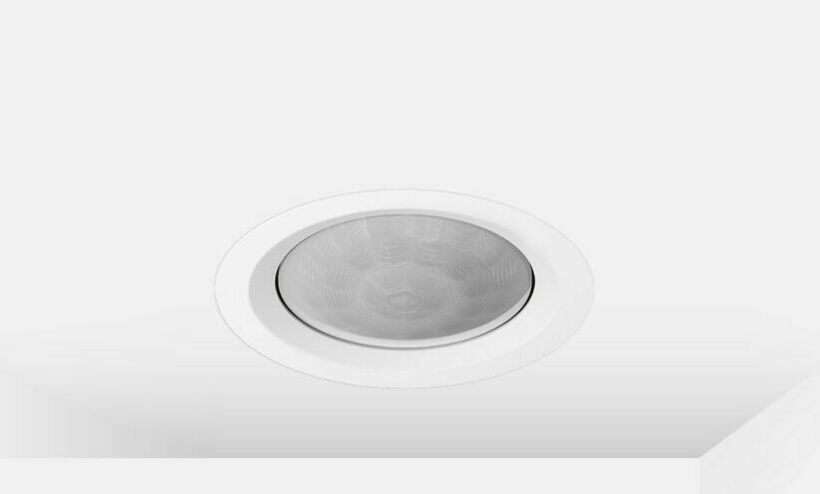
Open source
In smart home terms, open source refers to software or hardware that is freely available to installers and manufacturers. Open source smart home solutions enable greater customization, collaboration, and community-driven development.
Presence sensor
Closely related to motion sensors, presence sensors are a tat more sensitive. These devices detect the presence or absence of people within a specific area, by using various technologies such as infrared, ultrasonic or radio frequency to sense movement or heat signatures.
Qualified professional
Certain smart home setups require an installation professional to oversee a fully integrated and working smart system, due to its complexity. Upon hiring a professional, it's always best to ask for certifications in advance.
Remote access
This feature allows you as homeowner to control in-house devices from virtually anywhere. As long as you have the an app or NFC tag on you.
Security system
An advanced home security setup allows you to monitor and protect your family and property, by connecting multiple devices. It typically includes features such as smart cameras, motion sensors, door and window sensors, alarms and remote access capabilities through smartphones or other devices, providing homeowners with real-time surveillance, alerts and control.
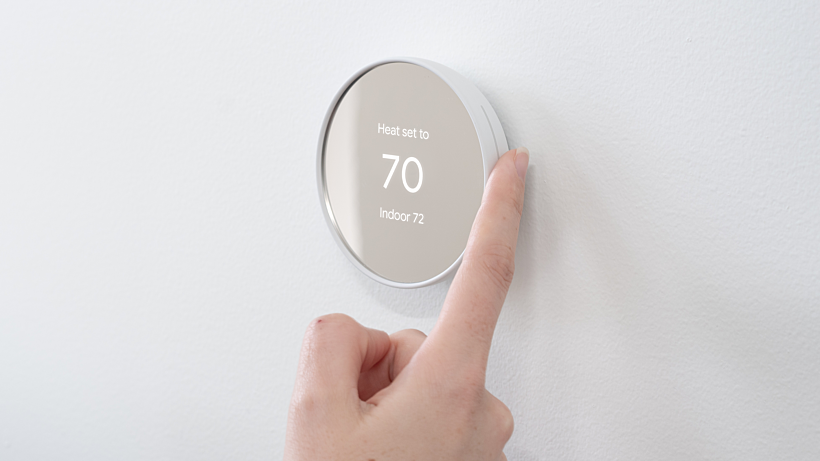
Thermostat
A smart thermostat is an intelligent temperature control device that allows homeowners to monitor and adjust their home's heating, ventilation, and air conditioning (HVAC) system through a mobile app, voice commands or control panel. A must for energy-sufficient housing.
Upgrade
Upgrades are important in smart homes to keep the technology up-to-date with the latest advancements and security measures. Regular upgrades ensure that smart devices continue to function efficiently, benefit from new features, and remain compatible with evolving smart home ecosystems.
Voice assistants
Smart speakers are, without a doubt, the most well-known appliances of smart home technology, as we all know someone who owns an Alexa, Google Assistant or Sonos.
Wired or wireless
The main difference between wired and wireless smart homes lies in the method of communication used between devices. Wired smart homes rely on physical cables to connect and transmit data between devices, while wireless smart homes use wireless technologies such as Wi-Fi or infrared to communicate without the need for physical connections, offering more flexibility in device placement and installation.
What about XYZ? We can surely find some terms connected to home automation, but knowing these 23 phrases - and actually understanding them - will guaranteed gain you some impressive looks.


